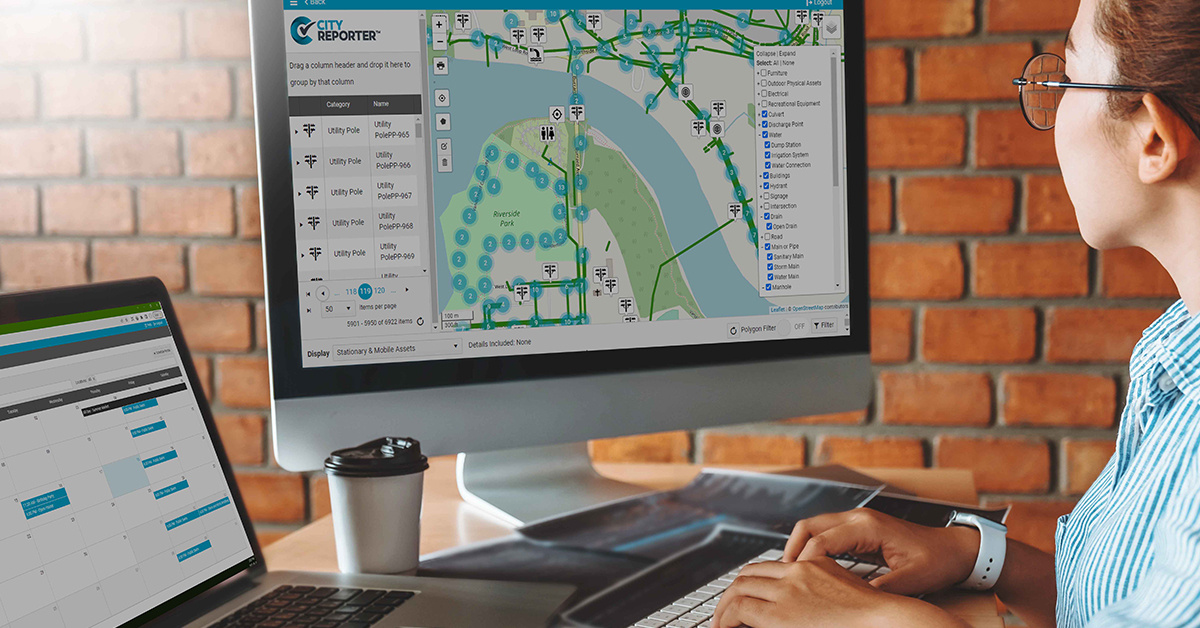2025’s Biggest Wins in Municipal Operations

The Municipal Shift: Breakthroughs in Technology, Infrastructure, and Inclusion
As 2025 comes to a close, municipalities across North America and around the world are reflecting on a year marked by adaptability, innovation, and renewed commitment to sustainable growth. The defining story of this year was the ongoing evolution of local government, balancing the demands of digital transformation, infrastructure renewal, and community engagement.
Digital Transformation Takes Hold
Municipalities made remarkable progress modernizing operations through technology and data. Across the continent, more local governments integrated artificial intelligence and analytics to enhance citizen services, improve decision-making, and optimize internal operations. Routine tasks, from permitting to asset tracking, are increasingly automated, freeing up staff to focus on strategic priorities. Mobile tools and cloud-based systems became the backbone of service delivery, fostering efficiency and resilience amid growing digital expectations.
This shift also signaled a cultural change in municipal workplaces. Rather than merely adopting new software, local governments began building digital ecosystems, integrating data, customer service, and operations under unified strategies. Many cities advanced toward a “one-door” model for residents, offering single sign-on access to multiple civic services and improving overall user experience.
Smarter and Greener Infrastructure
Infrastructure investment in 2025 emphasized intelligence and sustainability. Smart City initiatives, once experimental, became core components of municipal planning. Sensor networks are now standard in managing traffic, utilities, public lighting, and waste, producing real-time insights that improve both efficiency and safety. Many municipalities launched digital twins of key infrastructure assets, allowing for predictive maintenance and scenario planning.
Alongside these innovations came renewed focus on sustainability. Cities accelerated their transition toward sustainable urban design, expanding green infrastructure such as urban wetlands, vegetated buffers, and stormwater gardens. These projects not only improve resilience to extreme weather but also promote biodiversity and community well-being. Net-zero facilities and renewable energy adoption also expanded across public works and recreation spaces, reinforcing climate goals.
Engaging Communities for the Future
Another defining trend in 2025 was the deepening of civic engagement. Residents played a greater role in shaping municipal decision-making through participatory budgeting, online public consultations, and community data platforms. Local governments took major strides toward more transparent, inclusive governance, particularly in areas such as housing, mobility, and environmental equity.
Accessibility and inclusion also remained central themes. Efforts to bridge the digital divide, through expanded broadband access, multilingual interfaces, and digital literacy programs, helped ensure that technology advancements benefited all residents.
The Road Ahead
The close of 2025 highlights a profound shift in how municipalities define success. Efficiency and innovation are now inseparable from equity and sustainability. Local governments are no longer asking whether to transform, they’re determining how to build systems that last. The lessons from this year point to a clear conclusion: the future of municipal operations lies in integration, intelligence, and inclusion. As cities move into 2026, they are better prepared than ever to serve communities that are connected, resilient, and ready for what comes next.


